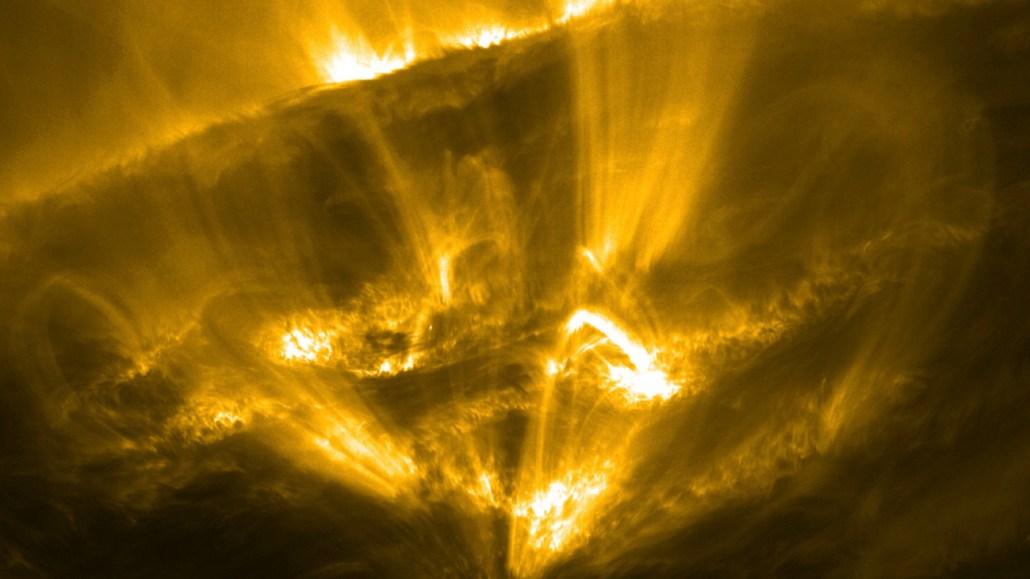Coronal rain has been seen splashing on the sun
The drops of plasma can also create fireballs as they fall

The loops and filaments of the sun’s corona shine in this image from Solar Orbiter, taken on March 30 as the probe took its closest approach to the sun yet. That proximity allowed it to take high resolution images that revealed new details of coronal rain.
Solar Orbiter/European Space Agency, P. Antolin